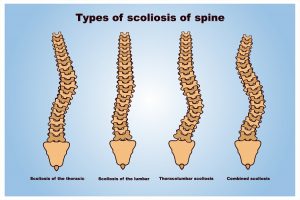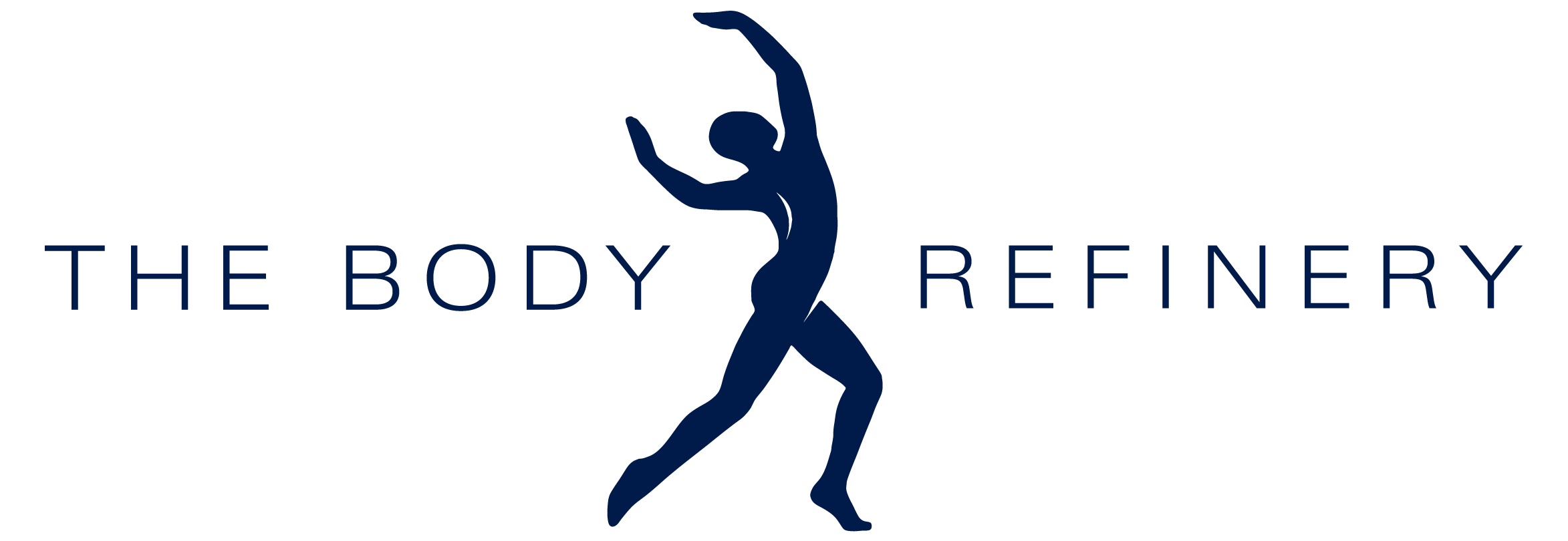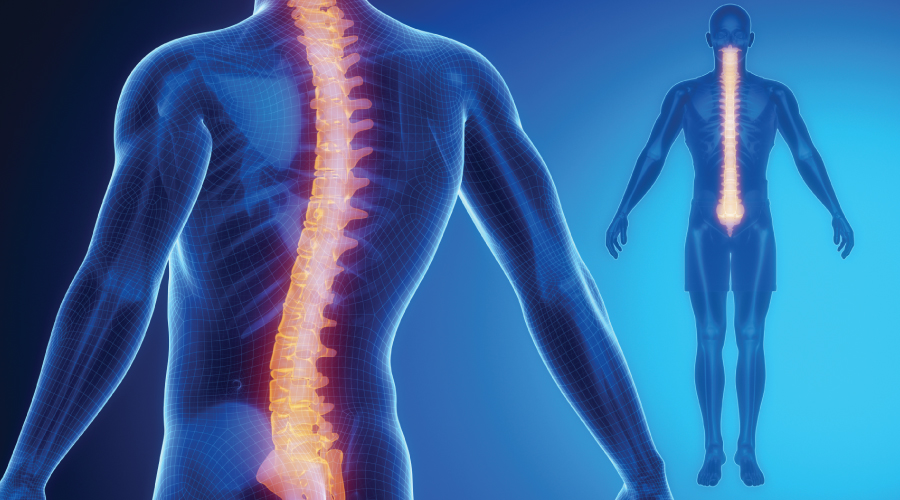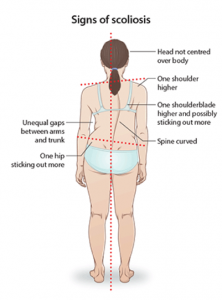As a Physiotherapist, it is quite common for clients to tell me that they have “scoliosis” when they come in for an assessment. When we are told that we have a condition such as scoliosis it can make one anxious, apprehensive about moving, and cautious about exercise. It is important to understand what scoliosis really is, how it is diagnosed, classified, and treated.
Facts on scoliosis:
– It is very common.
– It is diagnosed with an x-ray.
– It is defined as an angle of greater than 10 degrees of the spinal curve (from normal spinal alignment).
– People are often told they have scoliosis when in fact they have a muscle imbalance or a leg length difference.
– You can develop scoliosis later in life due to sustained postural positions, degeneration of the spine, or a spinal disc injury.
– Scoliosis curves can progress even in adulthood as gravity continues to pull on the spine even though growth has stopped.
– Research shows that a well-structured exercise program can be used to treat scoliosis curve if it is less than 35 degrees.
What is scoliosis, and its diagnosis:
Scoliosis comes from a Greek word meaning curved or bent. Today it is used to describe the most common type of spinal curvature. Scoliosis is a side bending in the vertebrae of the spine and is accompanied by a rotation of the spinal column away from the side bend.
If indicated, an x-ray of the spine will be taken to get an accurate “cobb” angle measurement, which is the angle of the curve of the spine. This angle must be greater than 10 degrees to be classified as scoliosis.
Most people with minor curves of up to 25 degrees don’t have pain or disability associated with scoliosis and can manage their curve conservatively through Pilates or other forms of structured exercise, while monitoring the curve for progression.
It is only when a curve is greater than 35 degrees, and progressing rapidly, that a doctor may refer a client for surgery or bracing. Surgery only occurs in 1 out of every 1,000 cases of idiopathic scoliosis.
Idiopathic means that there is no specific cause for the scoliosis, and some believe that in these cases genetics may play a role.
Scoliosis can result from a known cause, such as a neuromuscular condition, birth defects, and injuries or degeneration of the spine.
Types of scoliosis:
- The S-curve, which is the most common and comprises 3 curves.
- The C-curve, which comprises 2 curves.
- The least common, which is the 4-curve variation.
Classifications of Idiopathic Early Onset Scoliosis (EOS)
Infantile = 0-3 years old.
Juvenile = 4-9 years old.
Adolescent = 10-maturity.

How is scoliosis treated?
If the curve is less than 35 degrees then, as stated earlier, a well-structured exercise program that has been designed by a Clinical Pilates instructor can help to address the curve of the spine, along with any weakness and muscle imbalances. In such cases, it is important to have a highly-skilled health professional, such as a Physiotherapist, to assist in prescribing Pilates exercises that are specifically tailored for the curve, and any imbalances that have resulted from the curve.
Some benefits of an exercise program:
– Curves can be reduced by up to 32%.
– Lung capacity and chest expansion can improve.
– Untreated scoliosis can progress up to almost 300%, relative to scoliosis that is being addressed in a corrective exercise program.
– There are reportedly 24-48% fewer spinal fusions required when a scoliosis is treated with a tailored exercise program.
If the curve is greater than 35 degrees, other medical management is indicated such as seeing a scoliosis specialist physician. For significant progressive curves, management may include bracing, or even spinal surgery to straighten the spine. Along with these interventions, it is still important to strengthen and elongate certain muscles to assist in maintaining balance along the spine and reduce compensations using the targeted exercises.
The Body Refinery’s Physiotherapists can perform a thorough assessment to determine if you have any visible spinal asymmetries indicating scoliosis or muscle imbalance. If indicated, they can refer you for further scans to determine if you have a true scoliosis.
The Physiotherapists at The Body Refinery are all highly-trained in Clinical Pilates, which is the ideal tool for creating a well-structured. Using specific exercise program that can target the imbalances in your body using elongation techniques, breathing exercises, stretching practices, and a strengthening program.
Often, manual techniques such as massage, taping, or dry needling can assist in getting the most out of the corrective exercises and that’s why it’s ideal to see a Physiotherapist who can perform all of these techniques.
_ _ _
Book your initial appointment with a Physiotherapist today on 07 3358 3915 or at info@thebodyrefinery.com.au.
Follow us on Facebook, Instagram and Twitter for a daily dose of Pilates and Wellbeing.



